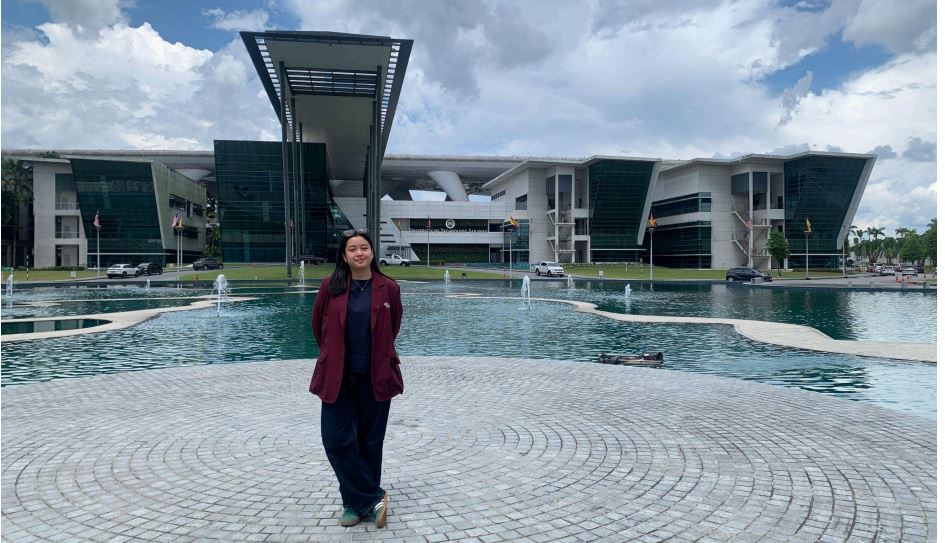Attending International Conference in Sibu, Malaysia
Last week, I had the invaluable opportunity to attend an international conference held in Sibu, Sarawak, Malaysia. This opportunity came as a participant and also accompanying my lecturer, Miss Ezmieralda Melissa. This experience not only broadened my horizons but also provided valuable insights into the academic world and international conferences.

I had worked as an assistant researcher last year, working on a project called Girls in Asia Data Training, but at this conference, we’re not presenting, just as a participant in a conference called Participatory Design Conference.
Experience in Malaysia
The conference was located in Sibu, Sarawak. This was my first time, I was immediately struck by the town’s unique charm and warm hospitality. Sibu, located in Sarawak on Borneo, is known for its vibrant cultural heritage and picturesque riverfront. The conference was held at a University of Technology Sarawak that perfectly captured the essence of Sibu, providing a welcoming setting for the event. During our stay, we had the chance to explore the local culture and cuisine, adding a memorable dimension to our trip. The conference featured a variety of presentation sessions and discussions, allowing us to interact with academics and researchers from around the globe.

Participating in the Conference: Roles and Insights
The conference was centered around participatory design methodologies as they relate to indigenous cultures. Sessions covered a range of topics, including how to work with indigenous people’s culture. Keynote speakers shared their experiences working with indigenous communities, highlighting successful projects and offering insights into respectful and effective collaboration.
As a participant, my role involved attending various presentation sessions, panel discussions, and networking events, workshops and situated actions. Exploring how participatory design can be used to address social and cultural issues within indigenous communities. The conference provided a platform to learn from experts and practitioners who are working at the intersection of design and indigenous cultures. I also learned a great deal about effective networking and professional interaction, which will be beneficial for future academic endeavors.
Gaining New Insights
One of the most enriching aspects of the conference was the opportunity to hear from leading experts on how participatory design can enhance and respect indigenous cultural practices. The diverse perspectives and case studies presented offered valuable lessons on integrating cultural context into design processes. The discussions inspired me to think about how these principles can be applied in various contexts and future.
Conclusion
Attending the international conference in Sibu, Sarawak, on participatory design through indigenous cultures was a profoundly rewarding experience. It allowed me to gain new knowledge, engage with a global community of scholars and practitioners, and explore a new region. This first-time visit to Sibu not only broadened my understanding of participatory design but also deepened my appreciation for the rich cultural heritage of Sarawak projects.
Comments :